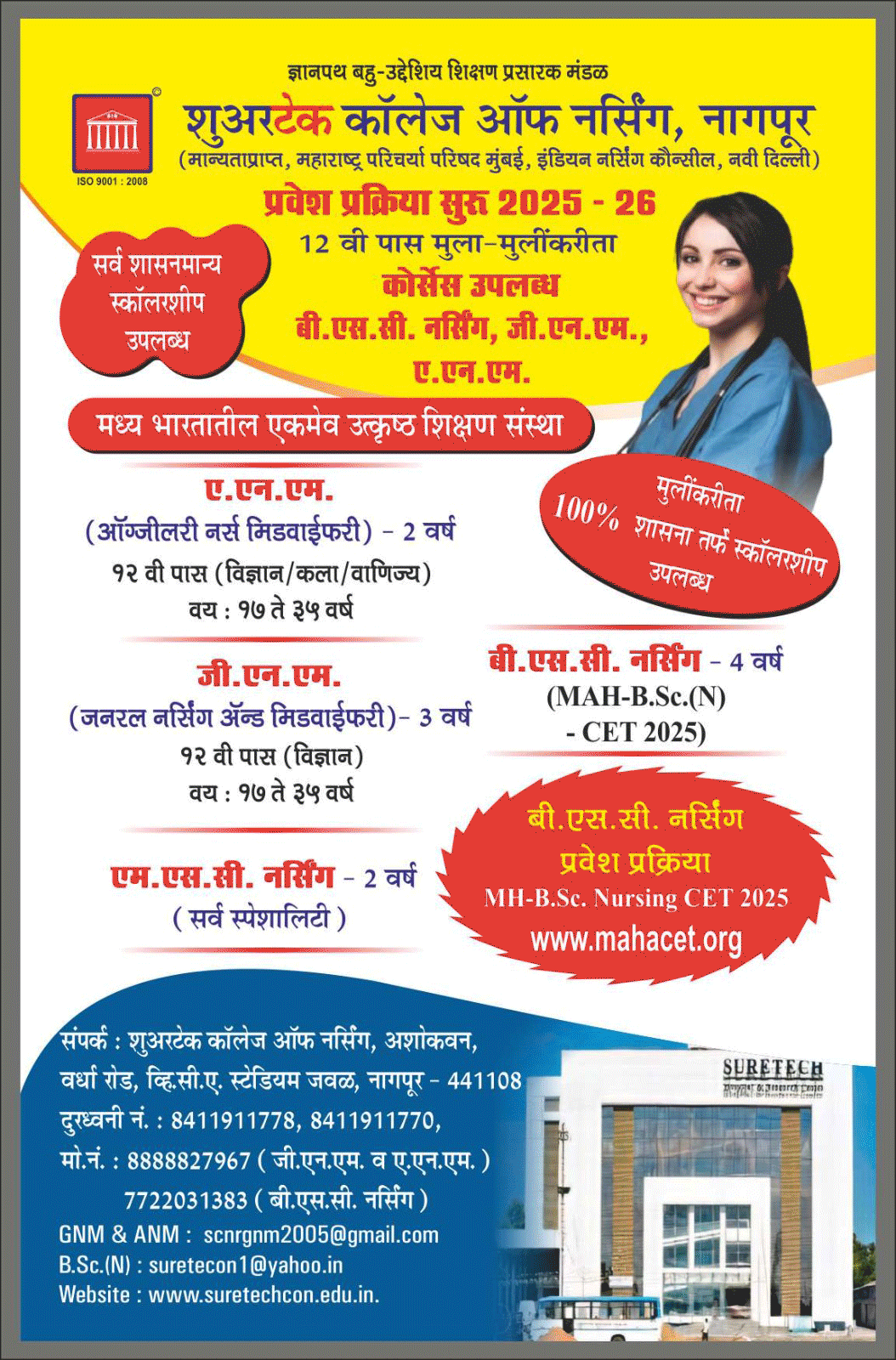 Nagpur: A recent report by the United Nations Development Programme (UNDP) has projected a dramatic rise in extreme heat conditions for Nagpur, warning that the city could face 124 days of heatwaves every year by 2050 if urgent action is not taken.
Nagpur: A recent report by the United Nations Development Programme (UNDP) has projected a dramatic rise in extreme heat conditions for Nagpur, warning that the city could face 124 days of heatwaves every year by 2050 if urgent action is not taken.
Nagpur, already known for its intense summer heat, is at increasing risk of prolonged and dangerous heat exposure. The study titled “Geo-spatial Analysis of Flood and Heatwave Risk in Nagpur City for Urban Local Planning” combines historical climate data, case studies, and advanced geo-spatial analysis to assess the growing threat.
Key Findings of the Report
- 124 heatwave days annually (in direct sunlight) projected by 2050
- 21 days of heatwaves expected even in shaded areas
- In the year 2000, there were zero heatwave days recorded
- 10 heat-prone zones identified within the city
The analysis uses the Wet-Bulb Globe Temperature (WBGT) index, which considers temperature, humidity, wind, and radiant heat to assess risk more accurately than standard temperature readings.
Case Study Highlights
A case study from April 13–15, 2024, revealed that while ambient temperatures ranged between 31°C and 37.8°C, the felt temperature in the sun soared to 59°C, posing a serious public health risk.
Historical Data Trends (2005–2023)
- Annual maximum temperatures peaked at 49°C in 2012, 2013, and 2014
- Days exceeding 40°C ranged from 40 to 70 per year
- Between 2012 and 2015, up to 20 days each year recorded temperatures above 45°C
Though the peak has somewhat moderated in recent years, the persistent trend remains alarming.
Humidity Aggravating Heat Stress
Compounding the issue is high relative humidity, often exceeding 80% during summer months (March–June). Between 2005 and 2023, humidity levels ranged from 82.8% to 98.2%, with recent years showing a rise in days above this range.
Recommendations for Resilience
To prepare for the escalating heat crisis, the report urges the city’s administration and urban planners to adopt long-term measures, including:
- Expanding urban green cover
- Enhancing natural ventilation in building design and city layout
- Updating heatwave warning systems to reflect felt temperatures rather than just ambient heat
The findings highlight the urgent need for climate-adaptive urban planning to protect residents—especially those in vulnerable wards and slums—from the worsening impacts of climate change.














